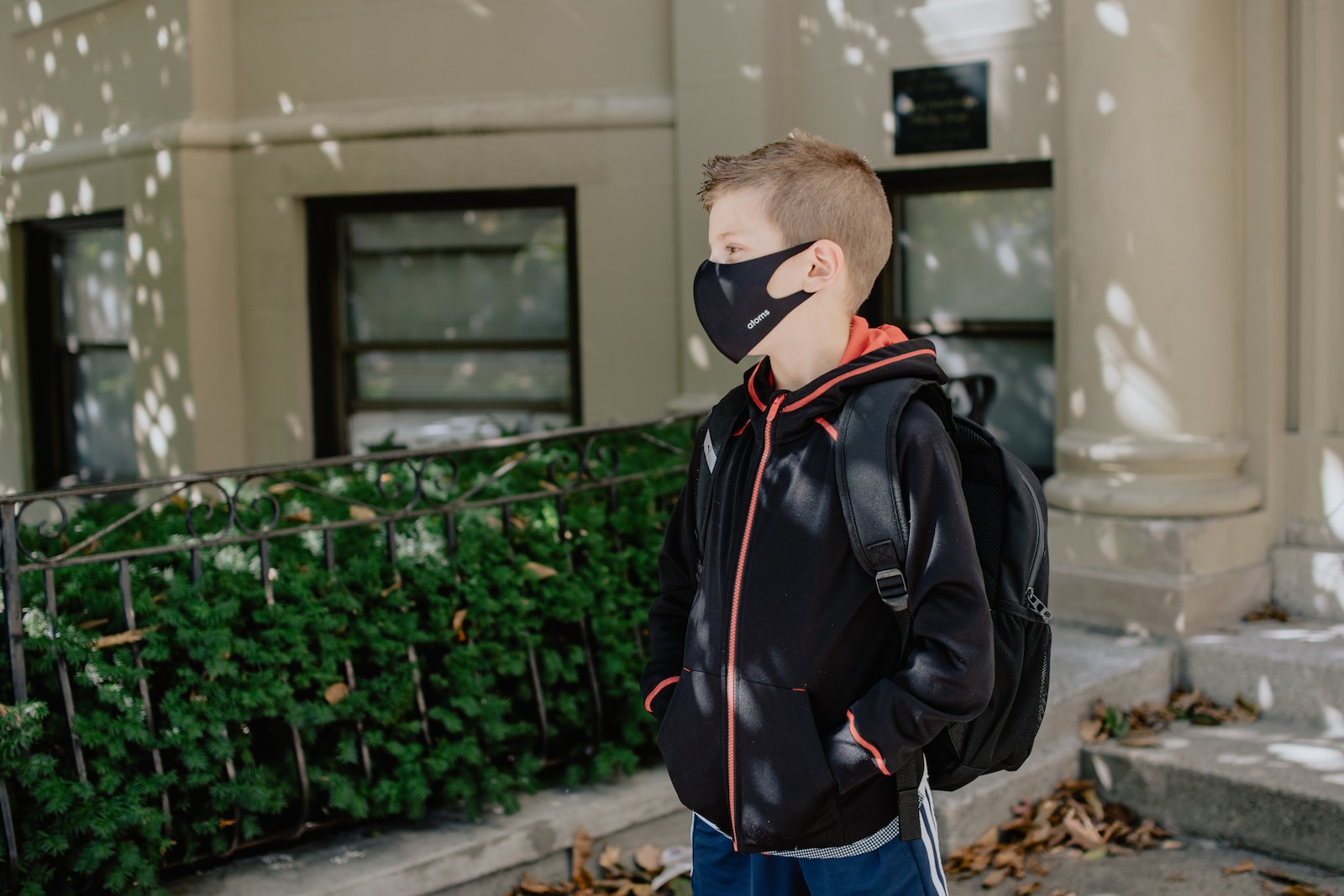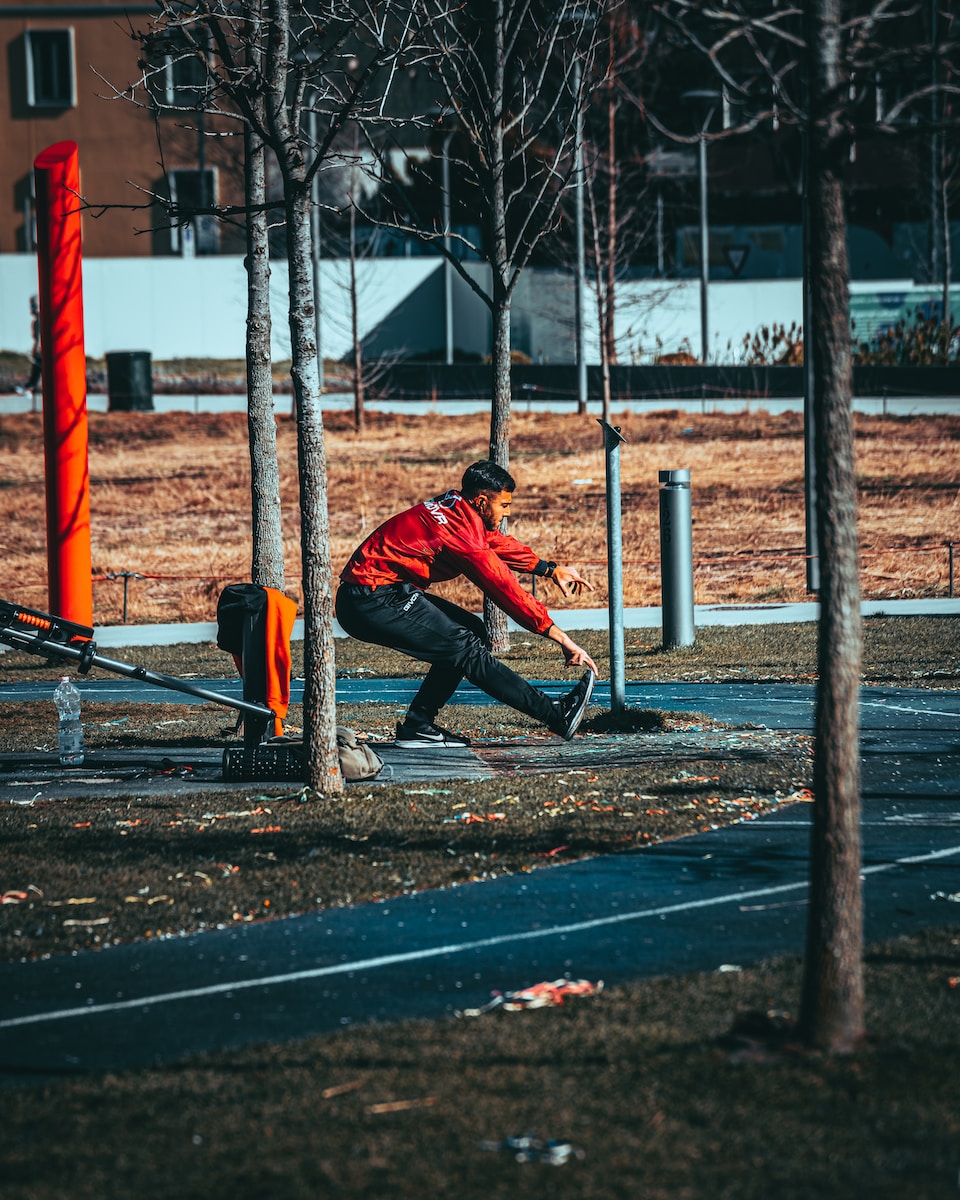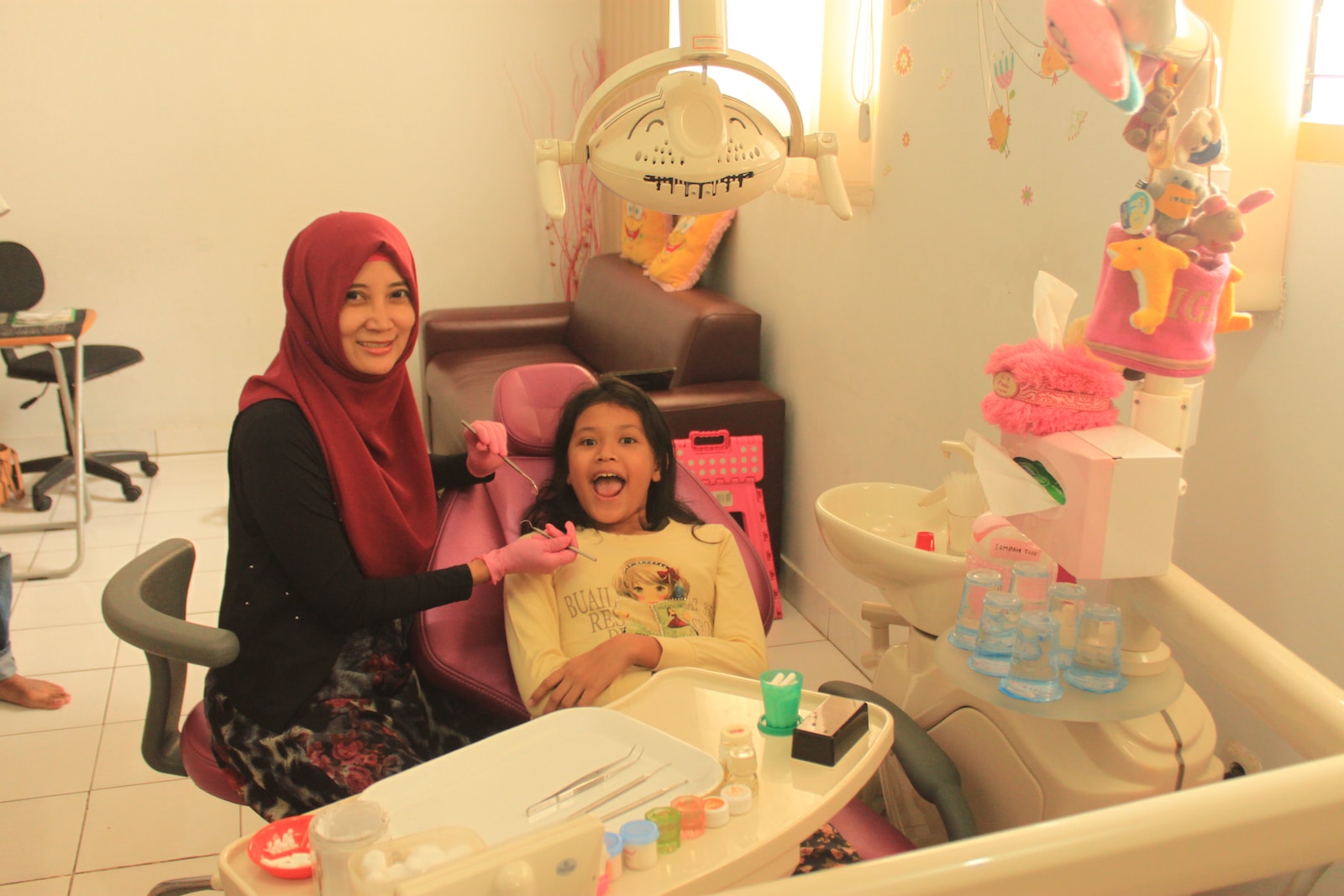Journaling is a powerful tool that allows individuals to express their thoughts, emotions, and experiences on paper. It is a form of self-reflection that can have profound effects on one’s emotional wellbeing. In this article, we will explore the numerous benefits of journaling and how it can be used to elevate emotional wellbeing.
The Healing Power of Journaling
1. Emotional Release and Self-Expression
Writing in a journal provides a safe and private space to express emotions that may be difficult to articulate verbally. It allows individuals to release pent-up emotions, such as anger, sadness, or frustration, by putting them into words. This process promotes emotional healing and helps in gaining a deeper understanding of one’s own feelings.
- Journaling acts as a therapeutic outlet for emotions that may be too overwhelming to express verbally. By putting our emotions into words, we can acknowledge and validate them, which can lead to a sense of relief and release.
- The act of writing allows for a deeper exploration of emotions. By delving into the details of our feelings, we can gain insights into the underlying causes and triggers, leading to a better understanding of ourselves.
- Through self-expression in a journal, individuals can develop a stronger sense of self. By giving voice to their emotions, thoughts, and experiences, they can cultivate a greater sense of identity and authenticity.
2. Stress Reduction and Relaxation
Engaging in journaling can act as a form of stress relief. When we write down our thoughts and experiences, it helps to declutter our minds and reduce anxiety. The act of journaling itself can be calming and meditative, creating a sense of relaxation and inner peace.
- Writing in a journal provides a dedicated space to unload and process our worries and concerns. By transferring these thoughts from our minds onto paper, we can create a sense of mental clarity and alleviate the burden of stress.
- The repetitive motion of writing can have a soothing effect on our minds and bodies. As we put pen to paper, we engage in a rhythmic activity that can induce a state of relaxation and promote a sense of calm.
- Journaling can serve as a mindfulness practice. By focusing our attention on the present moment and the act of writing, we can cultivate a state of mindfulness, which has been shown to reduce stress and enhance overall wellbeing.
3. Self-Discovery and Personal Growth
Through consistent journaling, individuals can gain insights into their own patterns of thoughts, behavior, and emotions. It enables self-reflection and self-awareness, leading to personal growth. By identifying recurring themes or triggers, individuals can work towards overcoming challenges and making positive changes in their lives.
- Journaling allows us to become active participants in our own personal growth journey. By regularly reflecting on our thoughts and experiences, we can identify patterns, strengths, and areas for improvement.
- By gaining a deeper understanding of ourselves through journaling, we can identify limiting beliefs or negative thought patterns that may be holding us back. With this awareness, we can consciously work towards replacing them with more empowering thoughts and beliefs.
- Journaling can serve as a tool for setting and achieving goals. By writing down our aspirations and intentions, we can clarify our vision and take actionable steps towards manifesting our desires.
Techniques for Effective Journaling
1. Freewriting
Freewriting involves writing without any restrictions or censorship. Set a timer for 10-15 minutes and write continuously, allowing thoughts to flow freely onto the paper. This technique helps to bypass the inner critic and encourages a deeper exploration of emotions and thoughts.
- Freewriting is an excellent technique for accessing the subconscious mind. By allowing our thoughts to flow freely without judgment or self-censorship, we can tap into deeper layers of our psyche and uncover hidden emotions or insights.
- This technique can be especially helpful when we feel stuck or blocked. By simply starting to write and letting our thoughts unfold naturally, we can overcome creative or mental blocks and access new ideas or perspectives.
- Freewriting can also serve as a tool for brainstorming or problem-solving. By allowing our thoughts to flow freely, we can generate a multitude of ideas and explore different possibilities.
2. Gratitude Journaling
Practicing gratitude journaling involves writing down things you are grateful for each day. Focusing on the positive aspects of life can shift your perspective and promote a sense of wellbeing. It helps to cultivate a mindset of gratitude and appreciation.
- Gratitude journaling is a powerful practice for shifting our focus from what is lacking to what is abundant in our lives. By intentionally reflecting on and writing down the things we are grateful for, we train our minds to notice and appreciate the blessings that surround us.
- This practice can foster a sense of contentment and satisfaction. By regularly acknowledging the positive elements in our lives, we develop a greater capacity for joy and fulfillment.
- Gratitude journaling can also serve as a reminder of the progress we have made and the obstacles we have overcome. By reviewing past entries, we can cultivate a sense of resilience and optimism.
3. Stream of Consciousness
Stream of consciousness journaling involves writing whatever comes to mind without judgment or filtering. Let your thoughts flow naturally, without worrying about grammar or coherence. This technique can reveal hidden emotions and thoughts that may be influencing your emotional state.
- Stream of consciousness journaling allows us to tap into our subconscious mind and access thoughts and emotions that may be buried beneath the surface. By allowing our thoughts to flow freely, we can uncover hidden insights or revelations.
- This technique can be particularly helpful for processing complex emotions or unresolved issues. By giving ourselves permission to write without filters or judgments, we create a safe space for exploring difficult emotions and finding inner clarity.
- Stream of consciousness journaling can also act as a form of catharsis. By releasing our thoughts onto the page without any expectation of coherence or structure, we create an opportunity for emotional release and healing.
4. Prompted Journaling
Using prompts can help stimulate thought and guide your journaling practice. Prompts can be specific questions or statements designed to evoke a response. For example, What are three things that bring you joy? or Write about a recent challenge you overcame. Prompts provide structure and direction to your journaling, allowing for deeper exploration of specific topics.
- Prompts can serve as catalysts for self-reflection and introspection. By providing a specific focus or question, they guide our thoughts and encourage us to delve into specific aspects of our lives or experiences.
- Using prompts can help overcome writer’s block or a lack of inspiration. When we have a specific topic or question to explore, it can spark our creativity and provide a starting point for our journaling practice.
- Prompts can also be used as a tool for personal growth and exploration. By intentionally choosing prompts that align with our goals or areas of interest, we can use journaling as a tool for self-discovery and self-improvement.
Establishing a Journaling Routine
1. Find a Suitable Journal
Choose a journal that appeals to you aesthetically and feels comfortable to write in. Whether it’s a simple notebook or a beautifully designed journal, find one that reflects your personal style and makes you eager to write.
- The journal you choose should resonate with you on a personal level. It should feel inviting and inspire you to engage in regular journaling practice.
- Consider factors such as size, paper quality, and binding when selecting a journal. Some individuals prefer smaller, portable journals, while others may enjoy larger notebooks with ample space for writing and creativity.
- Ultimately, the journal should be a reflection of your personal taste and preferences. It should be a vessel that holds your thoughts and emotions, inviting you to express yourself freely.
2. Set Aside Regular Time for Journaling
Establishing a consistent journaling routine can be beneficial. Find a time of day that works best for you, whether it’s in the morning to start your day with clarity or in the evening to reflect on your experiences. Setting aside dedicated time ensures that journaling becomes a regular habit.
- Consistency is key when it comes to journaling. By carving out a specific time in your daily or weekly schedule, you make journaling a priority and create a habit that becomes second nature.
- Consider your energy levels and personal preferences when choosing a time for journaling. Some individuals may find that journaling in the morning helps them set intentions for the day, while others may prefer to reflect on their experiences in the evening before bed.
- It’s important to be flexible and adapt your journaling routine to your changing circumstances. Life can be unpredictable, so allow yourself the freedom to adjust your journaling practice as needed.
3. Create a Comfortable Writing Environment
Find a quiet and comfortable space where you can focus and feel at ease. Eliminate distractions and create an environment that fosters introspection and reflection. Dim lighting, soothing music, or aromatherapy can enhance the overall experience.
- Creating a conducive writing environment can greatly enhance your journaling practice. Find a space where you can immerse yourself in your thoughts without external interruptions or distractions.
- Consider factors such as lighting and ambiance. Experiment with different lighting options, such as soft, dim lighting or natural light, to create a relaxing atmosphere.
- Incorporate elements that promote relaxation and introspection. Play calming music, use essential oils, or incorporate other sensory elements that help you feel grounded and present in the moment.
4. Embrace Authenticity and Honesty
When journaling, it’s essential to be honest with yourself. Allow your true thoughts and emotions to surface without judgment or self-censorship. Honesty in your writing promotes self-acceptance and fosters a deeper connection with your inner self.
- Journaling is a safe space for you to express your true thoughts and emotions. Embrace vulnerability and authenticity in your writing, knowing that your journal is a judgment-free zone.
- Avoid censoring or filtering your thoughts. Allow yourself to write freely, without worrying about grammar, punctuation, or coherence. Remember, the purpose of journaling is not to produce a polished piece of writing but to create an outlet for self-expression and self-reflection.
- Honesty in your journaling practice can lead to greater self-acceptance and self-discovery. By acknowledging and embracing your true thoughts and emotions, you can develop a deeper understanding of yourself and cultivate a stronger sense of authenticity.
Incorporating Journaling into Daily Life
1. Reflection at the End of the Day
Take a few moments each day to reflect on your experiences and emotions. Jotting down notable events, accomplishments, challenges, or even simple moments of joy can provide closure and help you gain perspective.
- Reflection at the end of the day allows you to process and integrate your experiences. By taking the time to jot down significant moments or emotions, you create a space for closure and transition.
- Reviewing your daily reflections can provide valuable insights and help you identify patterns or themes in your life. By recognizing recurring patterns, you can make conscious choices to break negative cycles or reinforce positive ones.
- Incorporating reflection into your daily routine promotes mindfulness and self-awareness. It allows you to be present with your emotions and experiences, fostering a deeper connection with yourself.
2. Problem Solving and Decision Making
When faced with a difficult decision or problem, journaling can be a valuable tool for exploring different perspectives and potential solutions. Writing down your thoughts and analyzing them can lead to clarity and insights that may not have been apparent initially.
- Journaling can serve as a sounding board for your thoughts and ideas. By writing down different perspectives or potential solutions, you can externalize your thoughts and gain a clearer understanding of the situation.
- The act of writing can help you organize your thoughts and make connections between different ideas. By visually seeing your thoughts on paper, you can identify patterns or potential solutions that may have been overlooked in your mind.
- Journaling can provide a sense of clarity and confidence when making decisions. By exploring different options and evaluating their pros and cons, you can make informed choices that align with your values and goals.
3. Emotional Regulation and Self-Care
During times of stress or emotional upheaval, journaling can be a means of self-care. By acknowledging and processing your emotions through writing, you can gain control over them and find healthier ways to cope.
- Journaling allows you to externalize and process your emotions. By writing about your feelings, you can gain a sense of distance and objectivity, which can help regulate your emotional responses.
- Engaging in journaling as a form of self-care provides an opportunity for self-soothing and self-compassion. By dedicating time to acknowledge and nurture your emotional wellbeing, you prioritize your needs and cultivate resilience.
- Writing about your emotions can help you gain perspective and identify coping strategies. By exploring your thoughts and feelings on paper, you can uncover insights and develop healthier ways to manage stress or difficult emotions.
4. Personal Growth and Goal Setting
Journaling can serve as a record of your personal growth journey. By reflecting on past entries, you can identify patterns, track progress, and set goals for the future. Writing down your aspirations and aspirations can help manifest them into reality.
- Journaling provides a tangible record of your personal growth. By reviewing past entries, you can observe how you have evolved, identify areas for improvement, and celebrate your achievements.
- Writing down your goals and aspirations can help clarify your vision and set intentions for the future. By visualizing and affirming your desires through journaling, you create a roadmap for personal growth and achievement.
- Journaling can serve as a motivational tool. By regularly revisiting your goals and aspirations, you can stay focused and inspired to take consistent action towards their attainment.
In conclusion,
FAQ
1. How does journaling promote emotional healing and understanding?
Journaling acts as a therapeutic outlet for overwhelming emotions, allowing individuals to acknowledge and validate their feelings. It also allows for a deeper exploration of emotions, leading to insights into underlying causes and triggers. Through self-expression, individuals can develop a stronger sense of self.
2. How does journaling reduce stress and promote relaxation?
Writing in a journal provides a dedicated space to unload and process worries and concerns, creating mental clarity and alleviating stress. The repetitive motion of writing can have a soothing effect on the mind and body, inducing relaxation. Journaling can also serve as a mindfulness practice, reducing stress and enhancing overall well-being.
3. How does journaling contribute to self-discovery and personal growth?
Consistent journaling helps individuals gain insights into their patterns of thoughts, behavior, and emotions. It enables self-reflection and self-awareness, leading to personal growth. By identifying recurring themes or triggers, individuals can work towards overcoming challenges and making positive changes in their lives.
4. What are some techniques for effective journaling?
Some techniques for effective journaling include freewriting, gratitude journaling, stream of consciousness, and prompted journaling. Freewriting allows thoughts to flow freely without restrictions. Gratitude journaling focuses on positive aspects of life and cultivates a mindset of gratitude. Stream of consciousness involves writing whatever comes to mind without judgment. Prompted journaling uses specific questions or statements to guide journaling and explore specific topics.









